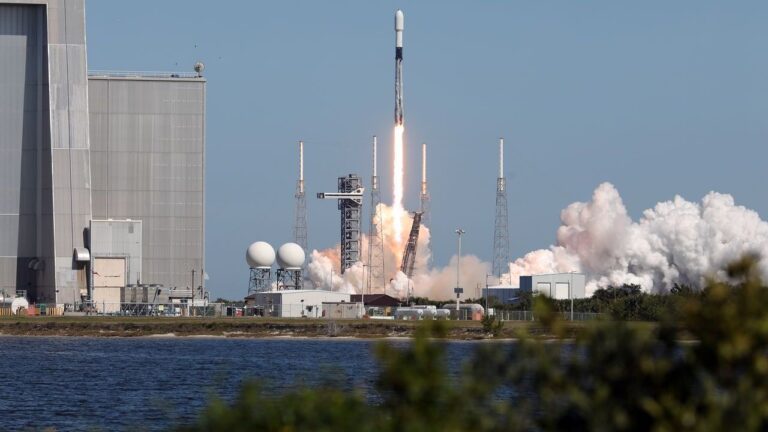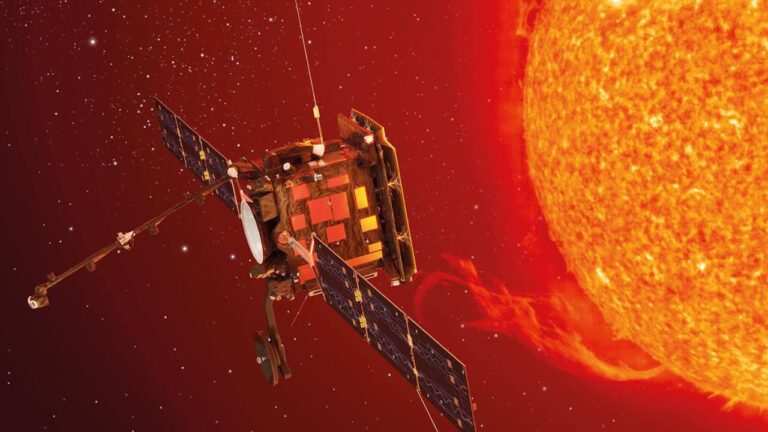
Airbus Defence and Space has been selected to construct the landing platform for the European Space Agency’s (ESA) ExoMars rover, replacing the component originally set to be supplied by Russia. This development marks a significant step in reviving the mission, which had been paused due to geopolitical tensions.
The announcement, made on March 28, confirms that Airbus was chosen by ESA and Thales Alenia Space, the prime contractor for the mission, to develop the crucial component. The ExoMars mission is scheduled to launch in 2028, with the landing on Mars expected in 2030. The platform’s role is essential, as it will control the final descent and execute the landing burn before deploying ramps that will allow the rover, Rosalind Franklin, to reach the Martian surface.
While Airbus has not disclosed the financial details of the contract, the U.K. government has valued it at approximately £150 million ($194 million). In April 2024, ESA awarded Thales Alenia Space a contract worth 522 million euros ($565 million) to restart the mission, which had been stalled since March 2022 following Russia’s invasion of Ukraine. Russia was initially responsible for supplying the landing platform and launching the mission aboard a Proton rocket.
Kata Escott, Managing Director of Airbus Defence and Space U.K., expressed enthusiasm about the company’s expanded role in the mission. “Getting the Rosalind Franklin rover onto the surface of Mars is a huge international challenge and the culmination of more than 20 years’ work,” she stated. She also highlighted Airbus’ experience in the project, noting that the company had already built the rover at its Stevenage facility in England and was now ensuring its safe delivery to Mars.
The revived ExoMars mission will also benefit from contributions by NASA, which finalized an agreement in May 2024 to provide crucial components, including throttlable braking engines and radioisotope heating units (RHUs). The RHUs, which contain plutonium-238 to generate heat, will help keep the rover operational in Mars’ extreme temperatures. Due to the inclusion of RHUs, ExoMars will launch from the United States, with NASA set to procure a launch vehicle at a later date.
Once on the Red Planet, the Rosalind Franklin rover will be tasked with searching for evidence of past and present life. Equipped with advanced scientific instruments, it features a drill capable of reaching depths of up to two meters beneath the surface, where traces of ancient microbial life could be preserved.
“This is humanity-defining science and the best opportunity to determine if life once existed on Mars,” said Paul Bate, Chief Executive of the U.K. Space Agency, emphasizing the mission’s scientific significance.
With Airbus now leading the effort to build the landing platform, the ExoMars mission is back on track, aiming to achieve groundbreaking discoveries on the Martian surface.






